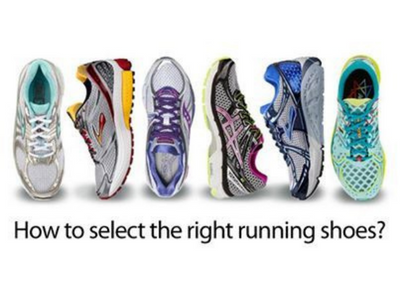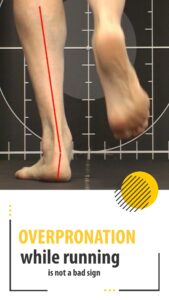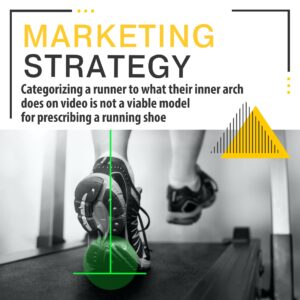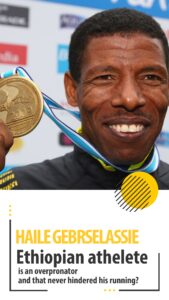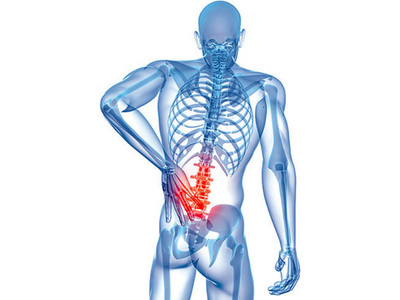As more and more people resort to running for health and fitness, so have the number of Running injuries increased. A visit to Physiocure we can help you educate with the foot types, shoe designs and a simple examination can reveal which foot type you run with and is your current running shoe good enough.
When we happened to interact with our professional runners on how they choose their shoes, we were not surprised at all. Most consumers are nowadays visiting the sports shoe showrooms and are made to walk on the treadmill, a foot scanning is done and then the shoe is prescribed at least in metro cities in India, for smaller cities it’s more of what feels comfortable and what fits my budget.
A lot of people pick up running shoes based on
- available discounts,
- latest styles or
- they are consulted by so called “storeroom shoe prescription experts” into buying the motion controlled or pronation control type footwear.
this is common and is not always bad, but really it is a matter of concern. after 12 years of practice, I believe, a low arch, motion-controlled shoe, a high arch are secondary factors that contribute to running injuries, and its just a “fear-based marketing approach” to sell new, highly-priced running shoes
Before you go for the new shoe selection trip to these stores again, ask yourself these questions:
- Would you take the advice of a person trained by a marketing expert into explaining the foot scanning in these stores or your physio/health care provider?
- Did you check your foot type from a podiatrist/physio/health care provider or the sales guy at these stores?
- Has choosing shoes on based of feel, prevented your number of sports injuries.
- Is you running pattern in sync with the motion control shoes you’ve been offered.
- Is the sales guy really a shoe prescription expert?
- Was there something wrong with my last shoe or my running style or fitness?
What does research say??
Where can we find the truth, as physiotherapists? Peer-reviewed research is a fantastic source of information and can guide us to the truth when it comes to what Running shoe is best for our patients.
It was once believed that those with low arches should wear “motion-control” shoes which are designed to be more rigid. Those with a more neutral or “normal” arch should be placed in “stability” shoes, and those with a high arch should be placed in more cushioned, “neutral” shoes.
Despite common “knowledge” in the running community, selecting a shoe based on arch-height does not lead to reduced injury (1).
Another misnomer commonly used for shoe prescription indicates that excessive pronation of the foot and ankle leads to injury, so shoes should be fitted to reduce pronation.
Current research is inconsistent and conflicting but has not shown a strong correlation between “excessive” pronation and injury (2, 3).
Pronation or foot posture can not confidently be used as an indicator for shoe prescription, barring further research.
What about “minimalist” shoes?
Once again, not enough research has been completed to confidently say that wearing minimalist shoes leads to reduced injuries. Minimalist shoes are designed to mimic running barefoot, resulting in a foot-strike closer to forefoot (4). This “strike-pattern” is linked to reduced forces placed through the shin bone ( a.k.a thetibia) and the knee.
Also, running barefoot actually has been shown to reduce ground-reaction forces through the leg, when compared to running with neutral shoes (5).
As discussed, much of the “common knowledge” about Running shoe selection is either false or has little evidence to support it. So, what is the best way to recommend shoes?
TIPS FOR SELECTING YOUR RUNNING SHOE:-
PROPER SHOE FIT
 • Know what type of shoe is best for your foot.
• Know what type of shoe is best for your foot.
• Buy shoes that are appropriate for your foot type and training intensity, not for
cosmetics, celebrity endorsement, or cost.
• Always get fitted for running shoes in the evening. Feet are larger at the end
of the day. There should be half an inch between the longest toe and the end
of the toe box.
• Wear running socks when trying on shoes to ensure proper fit.
• If you wear orthotic inserts, bring them along and try them in the new shoes
before buying.
• Take a test run in the shoes at the store before purchasing to confirm comfort
and fit.
• If the shoes don’t feel good in the store, don’t buy them. Running shoes do not
need to be “broken in” to be comfortable.
RUNNING SHOE CARE
Wear running shoes only for running. Wearing running shoes for walking or
playing other sports can break down the motion control and cushioning of
your shoes.
• Don’t kick off your shoes without untying them. This will destroy the heel
counter.
• Avoid running in wet shoes. A wet midsole has 40% to 50% less shock
absorbing capability.
• Don’t wash running shoes in the clothes washer. This will deform their shape.
• Exposure to excessive heat will degrade the components of the shoe. Let them
dry naturally after exposure to water.
RUNNING SHOE REPLACEMENT
• excessively worn running shoes may lead to injury. Researchers note a
significant correlation between infrequent change of running shoes and
injuries.
• Replace shoes every 400 to 600 miles or every 6 months. Estimate your
weekly mileage and mark your calendar as a reminder.
• Outsoles are made of durable compounds and are a poor indicator of
remaining shoe life. In most cases, the midsoles will wear out long before the
outsole, especially for heavier runners.
• Midsole materials last for approximately 400 to 600 miles or 6 to 12 months,
depending on the mileage and intensity of training. Midsole wear can be
subtle and manifest by excessive wrinkles and compression of the sock liner.
• Running shoes may lose between 30% and 50% of their shock absorption
after about 250 miles of use. Even sitting on a shelf, their shock absorbing
capabilities are significantly reduced after 1 to 2 years (Robert P. Wilder, MD,
written communication, July 8, 2004).
• Alternating between two pairs of running shoes will extend the life of the
midsole longer than wearing each pair of shoes consecutively.
CAUTION ABOUT BAREFEET RUNNING
- One problem with true barefoot (no shoes at all) running is what you might step in or on. The bottoms of your feet are susceptible to cuts, puncture wounds and infections. A track is a good place to try true barefoot running.
- Running barefoot is not recommended in very cold conditions when you could slip or get frostbite. A minimalist shoe would be the better choice since it offers more protection and warmth.
- While anyone can try running barefoot or in minimalist running shoes, not everyone will be able to do so successfully. For instance, if you have plantar fasciitis, tendonitis, flat feet, bunions or hammertoes, it may not be for you. Check with your health care provider first.
- As noted earlier, the key to the barefoot transition is to start gradually.
DISCLAIMER:-
This article is mainly for informative purposes and is not our personal advice or marketing reasons of any particular type of shoes or running style.
REFERENCES
- Knapik JJ, Trone DW, Swedler DI, et al. Injury reduction effectiveness of assigning running shoes based on plantar shape in Marine Corps basic training. Am J Sports Med. 2010 Sep;38(9):1759-67.
- Nielsen RO, Buist I, Parner ET, et al. Foot pronation is not associated with increased injury risk in novice runners wearing a neutral shoe: a 1-year prospective cohort study. Br J Sports Med. 2014 Mar;48(6):440-7.
- Neal BS, Griffiths IB, Dowling GJ, et al. Foot posture as a risk factor for lower limb overuse injury: a systematic review and meta-analysis. J Foot Ankle Res. 2014 Dec 19;7(1):55.
- Altman AR, Davis IS. Barefoot running: biomechanics and implications for running injuries. Curr Sports Med Rep. 2012 Sep-Oct;11(5):244-50.
- Hall JP, Barton C, Jones PR, et al. The biomechanical differences between barefoot and shod distance running: a systematic review and preliminary meta-analysis. Sports Med. 2013 Dec;43(12):1335-53.
- The Running Shoe Prescription – Fit for Performance
MAJ Chad A. Asplund, MD; MAJ David L. Brown, MD - How a PT Judges Running Shoes by Cameron-Dennis (March 20, 2018)

